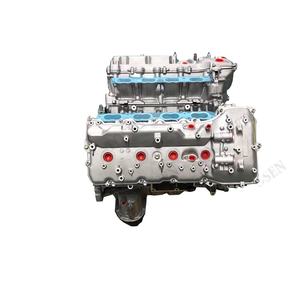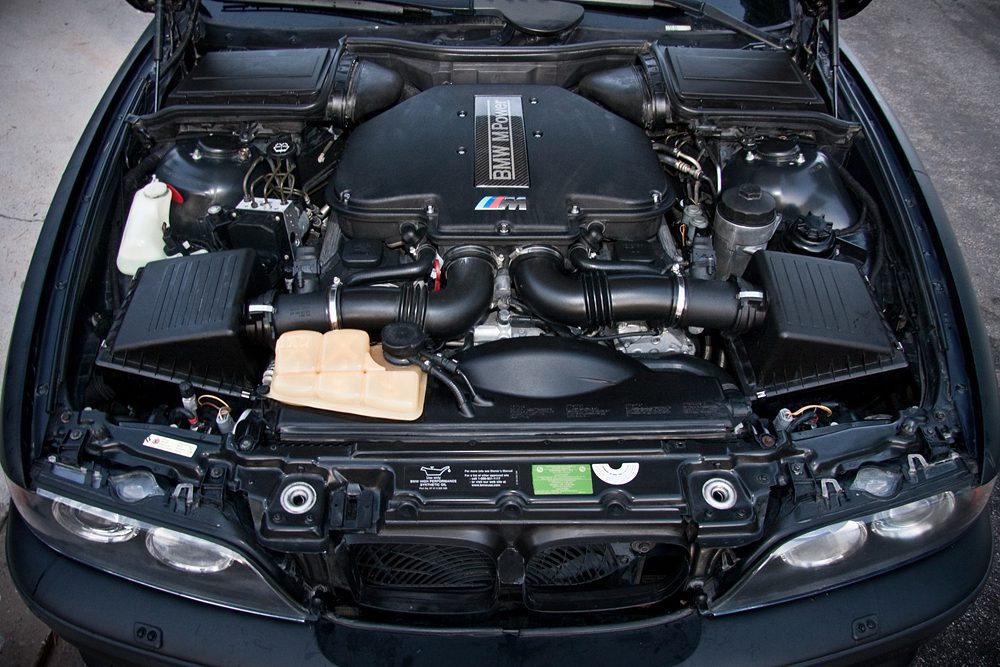Opel Corsa Engine: Common Issues and How to Deal with Them
Opel Corsa Engine: Common Issues and How to Deal with Them
Blog Article
Discovering the Inner Functions of a Compact Vehicle's Engine System
As drivers, we usually take for given the detailed processes that happen within the confines of our automobile's engine system. In this expedition of a compact car's engine system, we will certainly unravel the inner functions of this mechanical harmony, shedding light on the secrets that drive us onward on our daily journeys.
Combustion Refine Review
The burning process in a compact automobile's engine system is a vital system that successfully converts fuel into energy to power the car. This process happens within the combustion chamber of the engine, where fuel and air mix, fire up, and produce regulated explosions. The burning procedure includes 4 major phases: consumption, power, exhaust, and compression.
During the consumption stage, the piston moves downward, reeling in a combination of air and fuel into the burning chamber. The next stage, compression, includes the piston relocating upwards, pressing the air-fuel blend to increase its potency. Consequently, in the power stage, the spark plug sparks the compressed mix, resulting in a quick expansion of gases that requires the piston back down. This downward activity generates the power required to drive the vehicle. In the exhaust stage, the burnt gases are expelled from the combustion chamber through the exhaust valve, preparing the chamber for the following cycle. This cyclic burning process is fundamental to the operation of a small car's engine system, making certain efficient energy conversion for propulsion.
Piston and Cyndrical Tube Communication

The piston's specific fit within the cyndrical tube is crucial for maintaining optimum compression and preventing power loss throughout burning. Limited clearances between the piston and cylinder walls ensure efficient securing, permitting the piston to relocate efficiently without enabling gases to leak past. Proper lubrication is also vital to lower rubbing and use between these components, enhancing long life and efficiency.
Moreover, the design and products utilized in making the piston and cylinder impact engine performance and sturdiness. Modern engines commonly utilize light-weight yet resilient materials like aluminum alloys for pistons and cylinder liners to minimize inertia and improve thermal efficiency. Overall, the harmonious interaction in between the piston and cyndrical tube is fundamental to the engine's capability and general performance.
Fuel Injection System Capability
Fuel injection systems in small car engines play a vital role in exactly delivering fuel to the burning chamber for effective and regulated ignition. The fuel shot system operates by infusing gas right into the burning chamber at the ideal minute during the engine's procedure (opel corsa engine). This exact timing guarantees that the gas mixes equally with the air for appropriate combustion, causing enhanced gas effectiveness and minimized emissions
There are primarily two sorts of gas shot systems made use of in compact vehicle engines: port fuel shot (PFI) and straight fuel shot (DFI) PFI systems inject gas right into the consumption port prior to the consumption valve, while DFI systems infuse fuel directly into the burning chamber. Both systems have their benefits, with DFI supplying much better gas atomization and PFI giving a much more cost-efficient service.
Understanding Engine Cooling Systems
Efficient operation of a portable vehicle's engine depends greatly on the find out this here performance of its cooling mechanisms. Engine cooling is important to prevent overheating, which can result in severe damages and lowered efficiency. The cooling system in a compact car usually is composed of numerous parts interacting to regulate the engine temperature. One essential part is the radiator, which uses coolant to take in warm from the engine. As the hot coolant flows with the radiator, it releases heat right into the air, cooling down prior to going back to the engine. The water pump flows the coolant via the engine and radiator, ensuring a consistent circulation to manage temperature level. Furthermore, the thermostat assists control the coolant flow to maintain optimal engine temperature. Some cars likewise have cooling down followers that activate when added cooling is needed, such as throughout rush hour or heat. Understanding these engine air conditioning devices is vital for maintaining the efficiency and long life of a small car's engine system.

Exhaust System Components Explained
The optimum performance of a compact lorry's engine air conditioning mechanisms relies on a complementary system known as the exhaust system, which consists discover this info here of different important parts for making sure efficient exhausts and engine performance. The exhaust system consists of elements such as the exhaust manifold, catalytic converter, muffler, and tailpipe. The exhaust manifold accumulates exhaust gases from the engine's cyndrical tubes and routes them to the catalytic converter. The catalytic converter after that converts unsafe contaminants in the exhaust into less harmful discharges prior to releasing them via the muffler and tailpipe.
One critical element of the exhaust system is the oxygen sensing unit, which monitors the oxygen levels in the exhaust gases to aid regulate fuel usage and make certain optimum engine efficiency. opel corsa engine. Additionally, the resonator may exist in some exhaust systems to lower sound levels. Generally, the exhaust system plays an essential role in maintaining engine effectiveness, lowering harmful emissions, and making sure a quieter driving experience for small lorry proprietors

Final Thought
In verdict, the portable vehicle's engine system is a complex mix of parts that work together to promote the combustion process, convert fuel into energy, and eliminate waste gases. Understanding the inner functions of the engine system, consisting of the piston about his and cyndrical tube communication, fuel injection system, engine air conditioning mechanisms, and exhaust system components, is critical for keeping optimal performance and performance of the vehicle.
The combustion process in a small automobile's engine system is a crucial device that effectively converts gas into power to power the car.Fuel shot systems in portable vehicle engines play an essential duty in specifically delivering gas to the combustion chamber for controlled and efficient ignition.There are primarily two kinds of fuel injection systems utilized in small lorry engines: port fuel injection (PFI) and straight fuel shot (DFI) Understanding these engine cooling devices is crucial for keeping the efficiency and longevity of a compact car's engine system.
The optimal functioning of a compact lorry's engine air conditioning systems depends on a complementary system understood as the exhaust system, which makes up various essential components for making sure efficient exhausts and engine efficiency.
Report this page